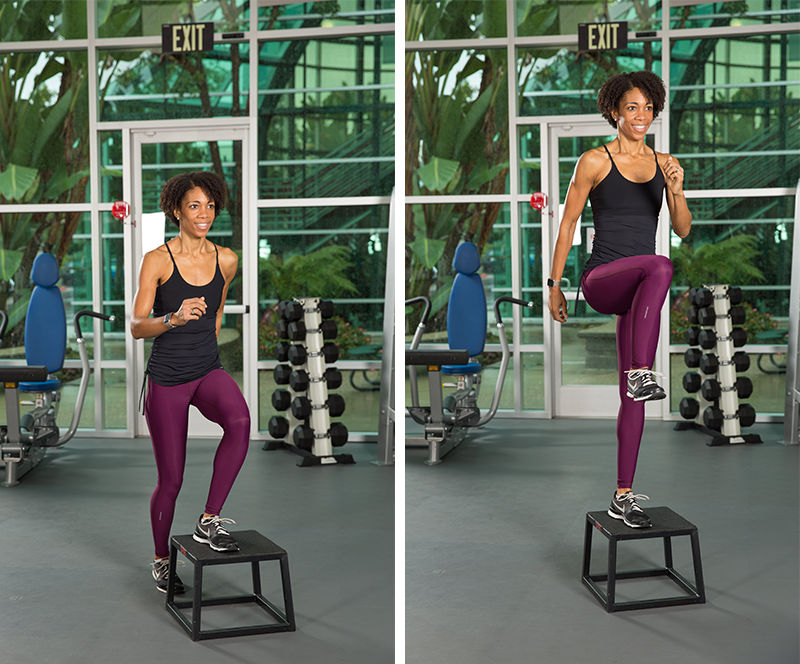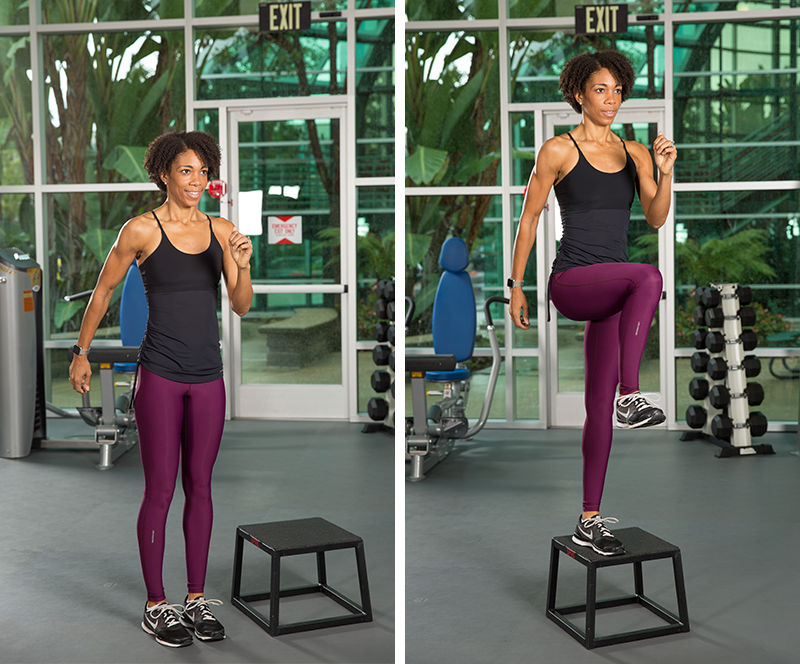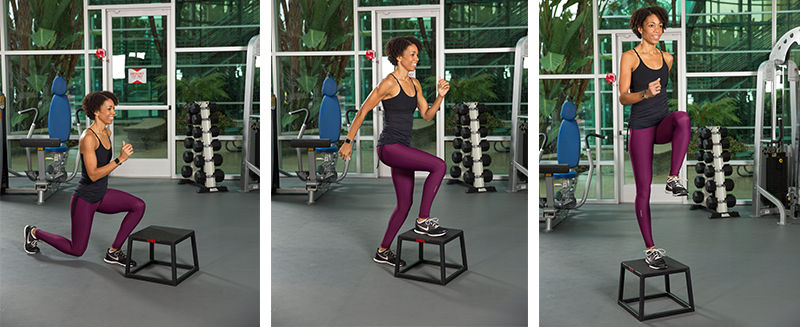Are you looking to improve your clients’ fitness routines? If you want to create new and innovative exercises, it’s time to get back to the basics. Many trainers constantly seek the “next best exercise” or rely on new equipment to challenge their client’s routine. Although this is O.K., the reality is that many personal trainers and small business-training studios do not have the budget or the space for new equipment.
So how do we stay creative outside of purchasing new equipment? We become creative through the use of the human movement basics that we learned during the certification process. As a health and fitness professional, you are equipped with important foundational information about human movement that serves creative program design.
Using this information allows you to view human movement differently. When familiar with these concepts, you become the master of your programs and creativity. When designing a creative movement or program, it is important to understand the following three concepts.
Planes of Motion
- Sagittal Plane – Divides the body into right and left. Movement glides along that plane and includes flexion and extension movements.
- Frontal Plane – Divides the body into front and back. Movement glides along that plane and includes abduction and adduction movements.
- Transverse (Horizontal) Plane – Divides the body into top and bottom. Movement glides along that plane as seen in rotational exercises.
Directional Movement
Directional movement is important for implementing a creative program. Every joint has a function and purpose. For example, the knee and elbow primarily move in flexion and extension (sagittal plane), but the hip, shoulder and ankle have greater ranges of motion in all three planes. Besides changing directions of the exercise, positioning points such as the hands and feet can also change directions to vary the exercise.
A basic exercise such as a static lunge can become more challenging when integrating movement and directional cueing. Some basics include a backward lunge, forward lunge, side lunge and a curtsy lunge. Each moves in a different direction, which also includes working in a different plane of motion.
Combining Exercises
Combining exercises is one of the best ways to construct creative exercises. This includes combining two or more exercises, either in one movement or as one repetition. Combining exercises also includes integrating the upper and lower body into one movement or exercise.
An example of this includes a stability ball push-up combined with a knee tuck. The client would perform a push-up first followed immediately by a knee tuck. Combining exercises is easy to cue. For this example, a “down, up, in and out,” cue works so the client can focus on the exercise. Combination exercises also include directional movement or a change in the plane of motion.
For the lunge example in the “directional movement” category, you’ll notice how a forward and backward lunge moves in the sagittal plane, but a front lunge shifts the body into the frontal plane (even though the knee still moves in the sagittal plane).
When understanding these three basic concepts, you can study the body and exercises in greater depth. This enhances your creativity and allows you to “sneak in” exercises that clients need more focus on. Once you see how the body can move, you can further progress the exercises by adding load or using a different surface such as an Airex pad, BOSU or any less-stable surface.
The following example analyzes the basic step-up (using a lower-height step bench) and ways you can progress the exercise by using the concepts just discussed.
The Step-up
This sagittal plane exercise begins by facing the bench. Step the right foot on the bench and lift the left leg to 90 degrees (hip flexion). Lower the left foot to the floor, followed by the right foot.

The Lateral Step-up
The next progression includes changing the direction of the exercise, which also changes the plane of motion. Just as we can step up and off an object while facing forward, we can also step up and off an object from the side. This shifts the motion into the frontal plane, but the knee still moves in the sagittal plane.

Backward Lunge to Step-up
This progression combines two exercises to produce one movement. Facing the step bench, step the right leg behind to perform a backward lunge. Next, bring the right leg forward and step on top of the bench. Drive the left leg upward to 90 degrees at the hip. Lower the left foot to the floor and continue the motion.

Lateral Step-up to a Backward Lunge
This progression combines two exercises, but also different planes of motion because we changed the direction of one of the exercises. Stand next to the step bench with the right side of the body facing the bench. Step the right foot on the bench and drive the left leg to 90 degrees (hip flexion). Lower the left to the floor and drive the right leg into a backward lunge. Bring the right foot forward on top of the bench and continue this motion.

Lateral Step-up to a Curtsy Lunge
This next progression includes a more challenging lunge, which now integrates the frontal and transverse planes. Stand next to the step bench with the right side of the body facing the bench. Step the right foot on the bench and drive the left leg to 90 degrees (hip flexion). Lower the left foot to the floor and drive the right leg behind and slightly left into a curtsy position. Step the right foot on the bench and continue the motion.

Backward Lunge and Biceps Curl to Step-up With Shoulder Press
This progression combines four exercises to produce one movement. This now includes the upper body, which makes this full-body exercise more challenging. You can regress the exercise by focusing on either the biceps curl or the shoulder press.
Facing the step bench, step the right leg behind to perform a backward lunge and perform a biceps curl with both arms. Next, bring the right leg forward (with straight arms) and step on top of the bench. Drive the left leg upward to 90-degrees at the hip while lifting the arms overhead into a shoulder press. Lower the left foot to the floor and continue the motion.

Once you are comfortable with these concepts, you can begin to progress and regress exercises relatively easily. In the step-up and lunge example above, you can begin to manipulate the arms and legs into different directions; specifically, abduction and adduction. Sometimes the best challenges are not created from the latest trend, but from the knowledge that lies within.
Deliver the individualized programs people need to adopt long-term, healthy behaviors with ACE's Personal Trainer Certification.




 by
by 






 by
by